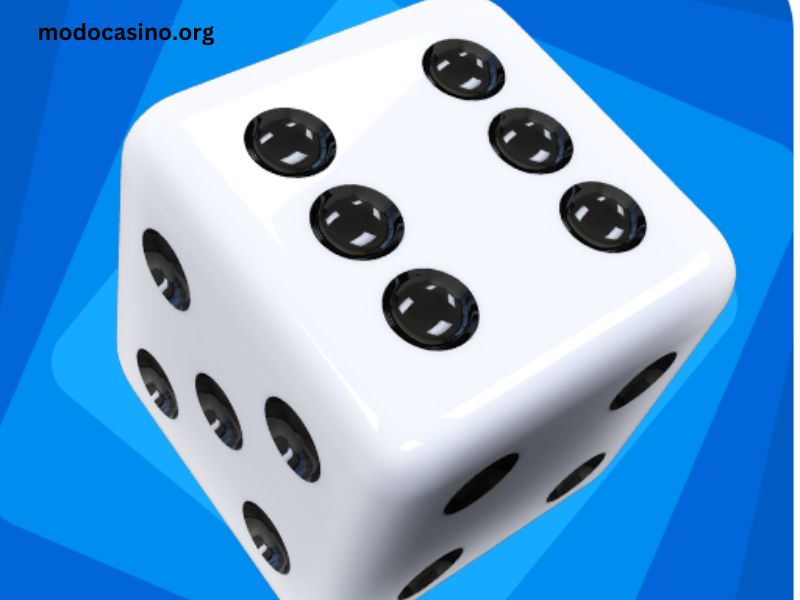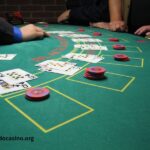Dice games have been enjoyed by people around the world for centuries, offering a mix of luck and strategy that appeals to both casual players and serious gamers. From classic board games to innovative new creations, dice remain a fundamental element in gaming. This guide will cover the basics of how to play dice, including the different types of dice, fundamental rules, popular dice games, and strategies to improve your chances of winning.
Understanding Dice
Types of Dice
The most common type of dice is the six-sided die (d6), which is used in many games and is often the standard die in board games. However, dice come in various shapes and sizes, each with a different number of faces:
- Four-Sided Die (d4): Shaped like a pyramid, this die has four faces. It’s commonly used in role-playing games (RPGs).
- Six-Sided Die (d6): The most familiar die, with numbers ranging from 1 to 6.
- Eight-Sided Die (d8): Shaped like an octahedron, this die has eight faces and is often used in RPGs and tabletop games.
- Ten-Sided Die (d10): Shaped like a pentagonal trapezohedron, this die has ten faces and is used in games that require a broader range of outcomes.
- Twelve-Sided Die (d12): Shaped like a dodecahedron, this die has twelve faces and is used in certain RPGs and strategy games.
- Twenty-Sided Die (d20): Shaped like an icosahedron, this die has twenty faces and is commonly used in games like Dungeons & Dragons.
Rolling Dice
Rolling dice is a simple process. Typically, players shake the dice in their hands and then roll them onto a flat surface. The result is the number that is face up when the dice settle. In some games, players might need to roll the dice multiple times to determine their final result.
Basic Dice Game Rules
Most dice games share a few fundamental rules:
- Objective: Each game has a specific goal, whether it’s to achieve a certain score, to complete a pattern, or to outscore opponents.
- Turns: Players take turns rolling the dice, following any rules for how many rolls are allowed per turn.
- Scoring: Points are often assigned based on the outcome of the dice rolls. Scoring methods vary widely between games.
- Winning: The player who meets the game’s objective, whether it’s reaching a certain score or completing a pattern first, wins the game.
Popular Dice Games
-
Yahtzee
Objective: Score the highest total points across various categories.
Gameplay:
- Players roll five dice and try to achieve specific combinations (e.g., full house, four of a kind) to earn points.
- Each player has three rolls per turn to achieve their desired combination.
- The game includes 13 scoring categories, and each category can be used only once per game.
Strategy:
- Focus on achieving higher-scoring combinations early in the game.
- Use your rerolls strategically to complete difficult combinations.
-
Craps
Objective: Bet on the outcome of the roll or series of rolls of two six-sided dice.
Gameplay:
- Players place bets on various outcomes before the shooter rolls the dice.
- The first roll is called the “come-out roll.” If the shooter rolls a 7 or 11, the Pass Line bet wins. If they roll a 2, 3, or 12, the Pass Line bet loses.
- If another number is rolled, that number becomes the “point.” The shooter then needs to roll the point number again before rolling a 7 to win.
Strategy:
- Make use of odds bets, which have no house edge.
- Avoid high-vig bets and stick with bets that offer the best odds.
-
Farkle
Objective: Score the highest points by rolling dice to achieve specific combinations.
Gameplay:
- Players roll six dice and keep dice that score points while re-rolling the rest.
- Players can choose to end their turn and lock in their score or continue rolling to try for a better score.
- Points are scored for certain combinations like ones, fives, three of a kind, etc.
Strategy:
- Decide whether to risk rolling again based on your current score and the dice you’ve already set aside.
- Balance the risk of rolling for more points against the possibility of losing points from that turn.
-
Liar’s Dice
Objective: Outwit opponents by bluffing about the dice you have rolled.
Gameplay:
- Each player rolls their dice in secret and makes a bid on the total number of dice showing a particular face value across all players’ dice.
- The next player can either challenge the bid or raise it.
- If challenged, all dice are revealed. If the bid is accurate, the challenger loses a die; if the bid is not accurate, the bidder loses a die.
Strategy:
- Bluff strategically to mislead opponents.
- Pay attention to other players’ betting patterns to deduce their possible dice.
-
Catan Dice Game
Objective: Achieve the highest score by building settlements and cities using dice rolls.
Gameplay:
- Players roll dice to gain resources and build roads, settlements, and cities.
- Each turn involves rolling dice, allocating resources, and building according to the game’s rules.
Strategy:
- Plan your resource allocation and building strategy based on the dice results and your overall game plan.
- Focus on completing objectives that offer high point values.
Strategies for Success
- Understand the Odds: Knowing the probability of rolling certain numbers or combinations can help you make better decisions during the game. For example, rolling a 7 with two dice is more likely than rolling an 11.
- Manage Risk: Decide whether to take risks based on your current position and the potential rewards. In games with rerolls, consider whether it’s worth risking your current score for a chance at a better result.
- Adapt Your Strategy: Different games and situations may require adjustments to your strategy. Stay flexible and adapt based on how the game unfolds.
- Observe Opponents: Pay attention to other players’ strategies and betting patterns. This information can help you make informed decisions, especially in games involving bluffing or betting.
- Practice: Like many games, practice can improve your skills and understanding of dice probabilities. Play different dice games to become familiar with various strategies and rules.
Conclusion
Dice games offer a wide range of experiences, from strategic planning to chance-driven excitement. Understanding the different types of dice, mastering the basic rules, and employing effective strategies can enhance your enjoyment and success in these games. Whether you’re playing a classic like Yahtzee or a complex game like Liar’s Dice, the principles of rolling and betting will remain at the core of your experience. So gather your dice, invite your friends, and enjoy the diverse world of dice games!




